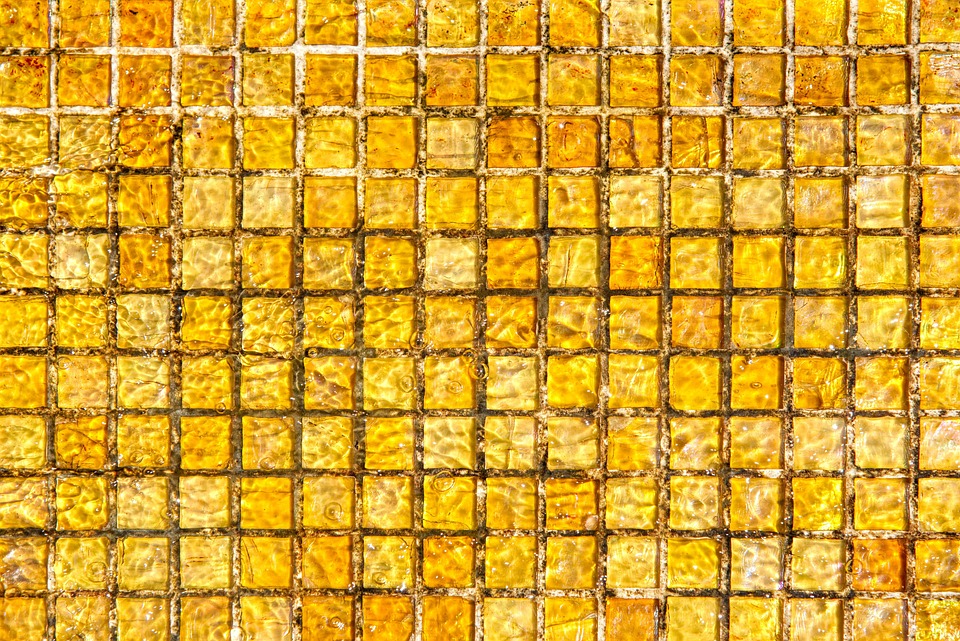Curiosity’s Dark Side: The Unconscious Biases that Can Kill Creativity
Curiosity is often touted as the spark that drives innovation and creativity. It’s the quality that allows us to ask questions, seek answers, and explore new ideas. But what happens when our curiosity is clouded by unconscious biases? Can these biases actually stifle our creativity and hinder our ability to think outside the box?
The answer is yes. Unconscious biases, also known as implicit biases, are attitudes or stereotypes that affect our understanding, actions, and decisions in an unconscious manner. They can be rooted in our upbringing, cultural background, or personal experiences, and can influence our thoughts and behaviors without us even realizing it.
In the context of creativity, unconscious biases can have a profound impact. For example, if we’re biased towards a particular style or approach, we may overlook alternative solutions or ideas that don’t fit our preconceived notions. This can lead to a narrow-mindedness that stifles innovation and creativity.
One of the most insidious biases is the confirmation bias, which is the tendency to seek out information that confirms our existing beliefs and ignore information that contradicts them. This bias can lead us to overlook alternative perspectives and ideas, and can even cause us to dismiss potential solutions that don’t align with our own thinking.
Another bias that can hinder creativity is the availability heuristic, which is the tendency to judge the likelihood of an event based on how easily examples come to mind. This bias can lead us to overestimate the importance of familiar or easily accessible information, and underestimate the potential of new or unconventional ideas.
The affect heuristic is another bias that can stifle creativity. This bias is the tendency to make decisions based on how we feel about an idea, rather than a rational evaluation of its merits. This can lead us to favor ideas that align with our emotions, even if they’re not the best solution.
So, how can we overcome these unconscious biases and cultivate a more curious and creative mindset? Here are a few strategies:
- Practice mindfulness: Mindfulness can help us become more aware of our thoughts and biases, allowing us to recognize and challenge them more effectively.
- Seek out diverse perspectives: Exposing ourselves to different viewpoints and ideas can help us broaden our horizons and challenge our assumptions.
- Encourage constructive criticism: Seeking out feedback and criticism from others can help us identify and overcome our biases.
- Embrace uncertainty: Recognizing that we don’t have all the answers can help us stay open-minded and curious, even in the face of uncertainty.
- Take breaks and practice self-reflection: Taking time to reflect on our own biases and assumptions can help us identify and overcome them.
In conclusion, while curiosity is essential for creativity and innovation, it’s not immune to the influence of unconscious biases. By recognizing and overcoming these biases, we can cultivate a more curious and creative mindset, and unlock our full potential for innovation and problem-solving.

